Nestled in the Basilicata region of southern Italy, Craco stands as a silent witness to the ebb and flow of history, a testament to the resilience of a community against the relentless forces of nature. This medieval town, perched atop a steep hill, echoes with the whispers of a bygone era, a haunting narrative that unfolds through centuries of triumphs and tribulations.
An Ancient Educational Haven
Craco’s story begins in the depths of antiquity, with the first recorded mentions tracing back to AD 1060. However, its roots delve even deeper into the 10th and 9th centuries BC, where settlements emerged during the reign of the Herculaneum dynasty. The heart of Craco bore witness to the construction of a majestic Norman tower in 1040, signifying its role as an educational hub, a monastic center, and a feudal town.
As the pages of history turned, Craco flourished, reaching its zenith in 1561 with a population of 2,600. The grandeur of the Saint Peter Monastery, constructed in 1630, added to the town’s cultural and architectural richness. However, the 17th century brought a devastating plague in 1656, claiming hundreds of lives and leaving an indelible mark on Craco’s destiny.
The Unraveling Threads of Fate
The mid-20th century witnessed a pivotal moment in Craco’s narrative. Faced with the need for expansion and modernization, the decision-makers opted to build on clay overlaying landslide rock. The introduction of modern roads and a centralized water reservoir marked a departure from the traditional structure of the town.
However, nature had other plans. Following a torrential rainstorm, the precarious foundation of Craco succumbed to the elements. In 1963, the remaining 1,800 residents made the heartbreaking decision to abandon their ancestral home for a safer haven several kilometers away. The once-thriving medieval town became a ghost town, its cobblestone streets and centuries-old buildings frozen in time.
Craco Through the Cinematic Lens
Despite its abandonment, Craco found a second life on the silver screen. The dramatic landscape and the eerie ambiance turned the ghost town into a sought-after filming location. Notable productions, including Mel Gibson’s “The Passion of the Christ” and James Bond 007’s “Quantum of Solace,” chose Craco as the backdrop for their cinematic narratives. The town’s dilapidated charm and the echoes of its past breathed life into these movies, further intertwining Craco’s fate with the stories woven by filmmakers.
Tourist Magnet and Time Capsule
In the 21st century, Craco has undergone a renaissance of sorts. No longer a bustling medieval settlement, it has become a unique tourist destination, drawing visitors from around the world. Tourists meander through the deserted streets, exploring the skeletal remains of houses and churches frozen in time. Craco’s ruins, while devoid of inhabitants, pulsate with the energy of its storied past.
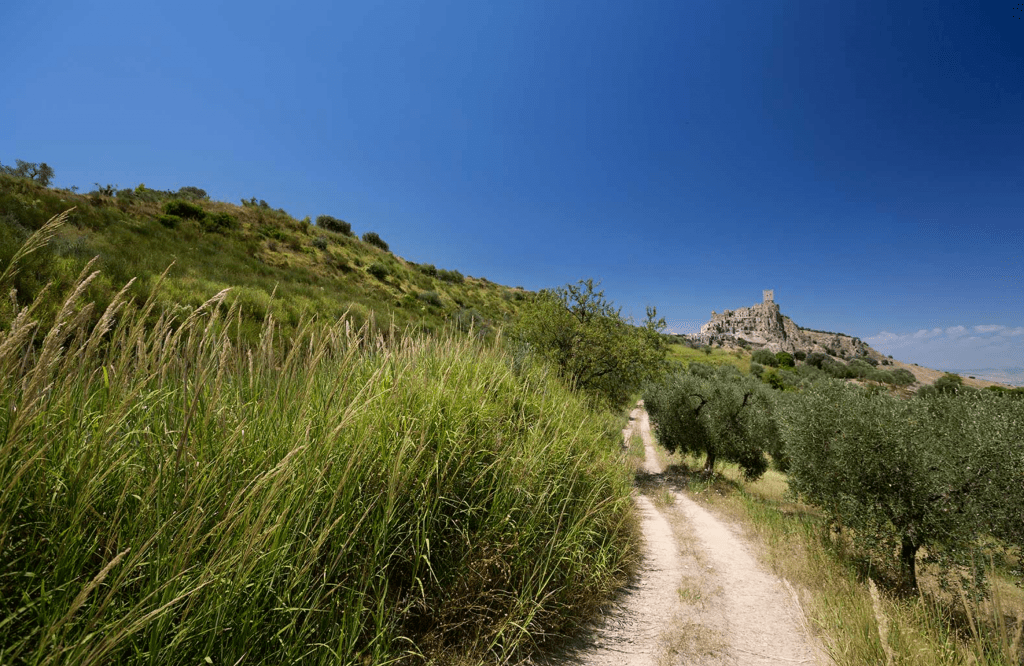
Walking through the ancient thoroughfares, one can’t help but marvel at the architectural ingenuity that characterized this town. The imposing Norman tower still stands, a silent sentinel overlooking the desolate landscape. The remnants of churches, courtyards, and communal spaces narrate a tale of communal living and shared experiences.
Unlocking the Secrets of Craco
Craco’s mysteries unfold with each step, prompting questions about the lives of those who once called this place home. The abandoned citadel serves as a time capsule, preserving the essence of a community that weathered volcanic eruptions, malaria outbreaks, the Black Death, and centuries of warfare.
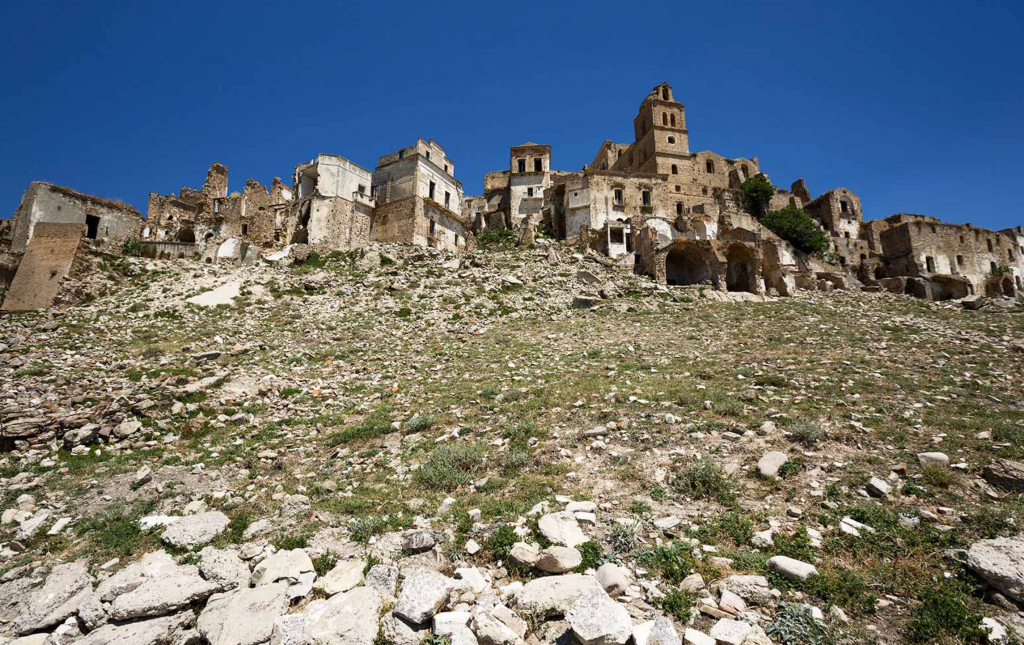
For the intrepid traveler, Craco offers more than just ruins; it presents an opportunity to delve into the annals of history. Every cobblestone has a story to tell, and every dilapidated building whispers the echoes of a bygone era. The town’s silent embrace invites contemplation, encouraging visitors to reflect on the transient nature of civilizations.
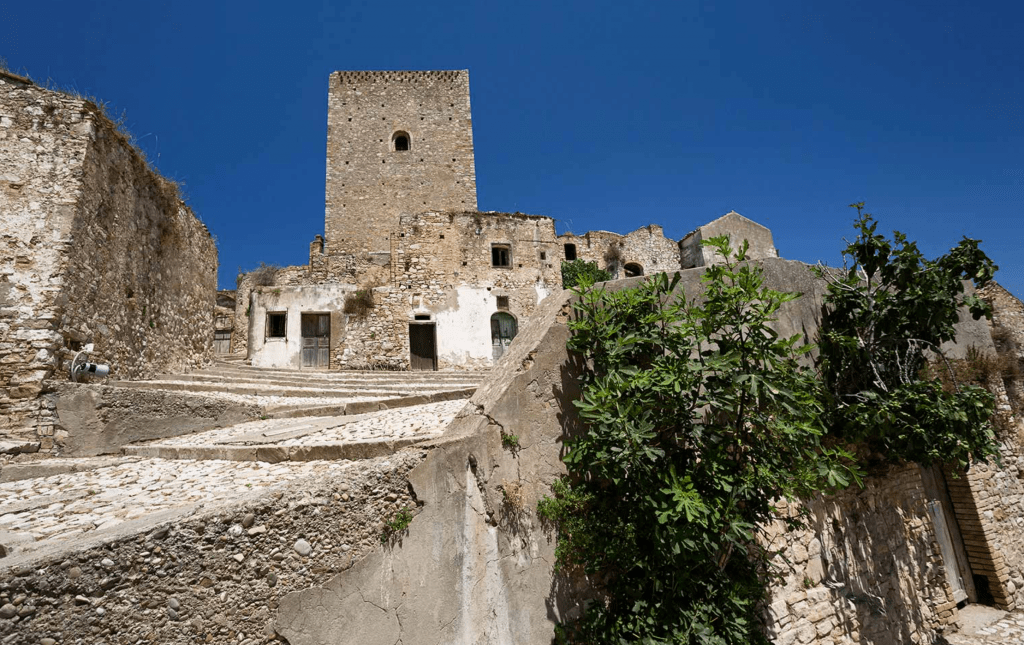
Preservation Efforts and the Future of Craco
As Craco continues to attract attention, efforts are underway to preserve its cultural heritage. Restoration initiatives aim to maintain the delicate balance between conserving the town’s historical charm and allowing nature to reclaim what is rightfully hers. The delicate dance between preservation and natural reclamation raises questions about the ethical considerations surrounding the restoration of abandoned historical sites.
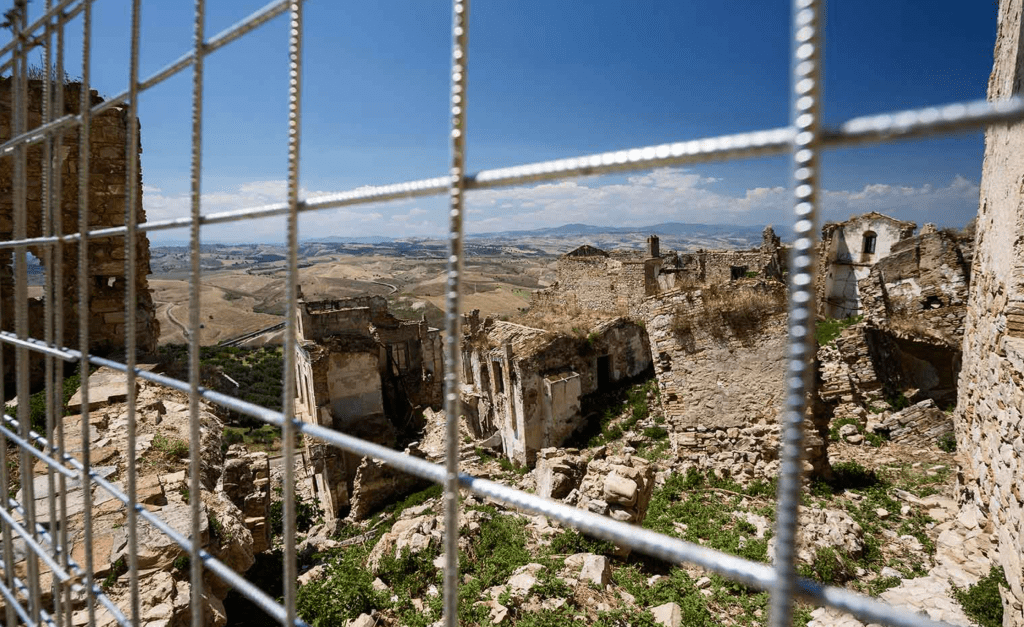
The future of Craco remains uncertain, caught between its storied past and the ongoing efforts to ensure its survival. As tourists tread lightly through its streets, and filmmakers immortalize its haunting beauty on celluloid, Craco stands as a poignant reminder of the impermanence of human endeavors.
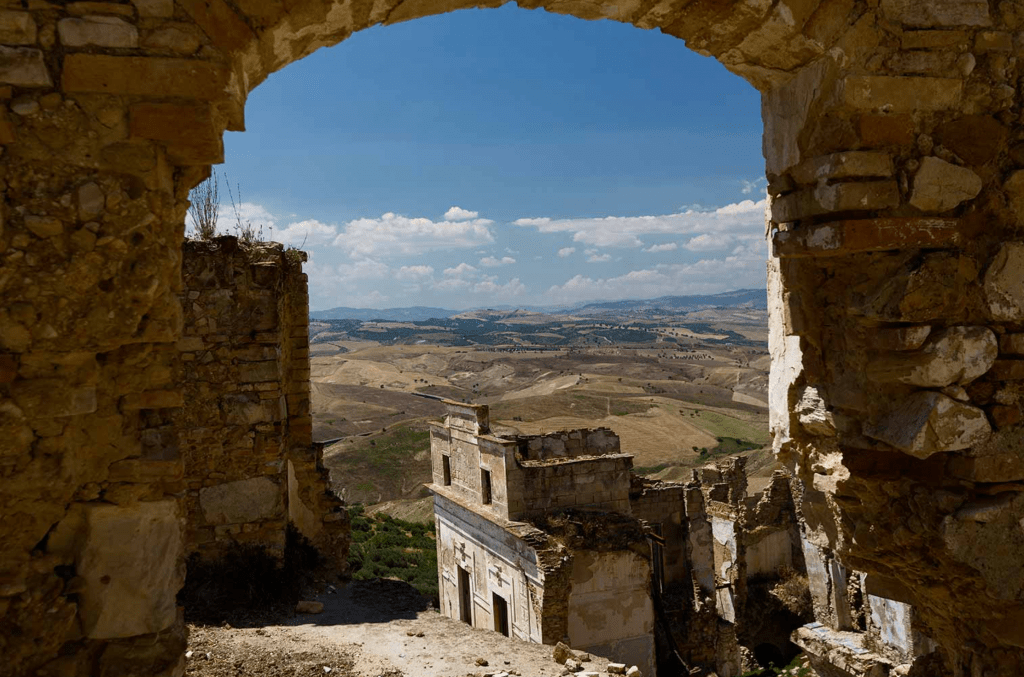
In conclusion, Craco beckons the curious traveler to embark on a journey through time. It is more than a ghost town; it is a living testament to the indomitable spirit of a community that thrived, faced adversity, and ultimately surrendered to the forces of nature. In its ruins, Craco reveals not only the echoes of its own past but also prompts contemplation about the transient nature of all human creations.

Leave a Reply